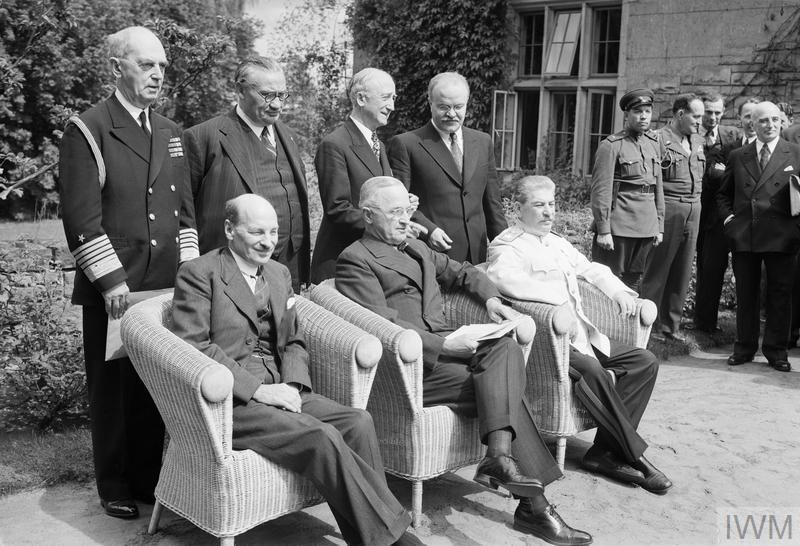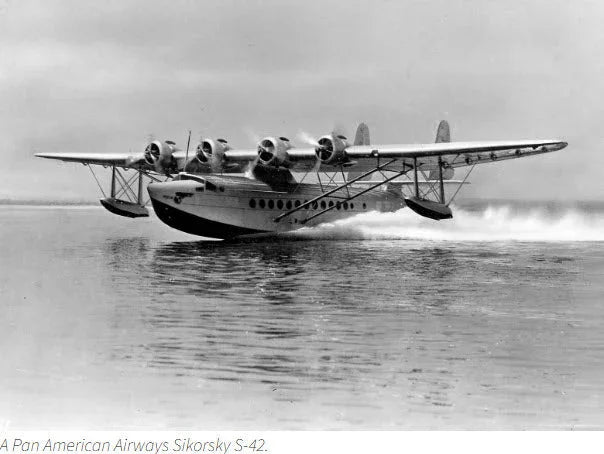Eric Hilliard Nelson
As you read this post, you might wonder what information about the Douglas DC-1, DC-2, and DC-3 aircraft have to do with Eric Hilliard Nelson.
And who in the heck is Eric Hilliard Nelson?
Well, on December 31, 1985, he died in a DC-3 accident.
You will learn who he was later, but the Douglas DC-3 is an airplane developed as a replacement for the DC-1 and DC-2 models on July 1, 1933.
To understand why these aircraft are so important, it is necessary to understand how the U.S. Government oversaw the manufacture of new aircraft. In order to operate those aircraft they had to have an Airworthiness Certificate issued by the Bureau of Air Commerce.
The Bureau of Air Commerce
Air safety and regulation of the skies over the United States began in 1926 when the U.S. Government passed the Air Commerce Act to encourage air commerce and certify aircraft for flight.
As a result of the passage of the Air Commerce Act, the Bureau of Air Commerce was created to issue and enforce air traffic rules, license pilots, establish airways and operate and maintain navigational aids.
The early 1930s brought with it the continued development of new aircraft, particularly passenger aircraft, to transport passengers quickly from one city to another.
Most aircraft of this early period were constructed with wood spars and ribs, but the airframe was covered with metal.
However, on March 31st, 1931, a TWA Fokker F-10A aircraft with a wood spar and ribs, crashed, and among those killed on the plane was Knute Rockne, the famous football coach.
As a result of this accident, the Bureau of Air Commerce ordered all aircraft models with wooden spars and ribs to be inspected regularly. These inspection requirements cost time and money, so TWA wanted to upgrade its fleet to all-metal aircraft.
Boeing aircraft company had already designed such an aircraft and committed to delivering the first 60 Boeing Model 247 aircraft to United Airlines.
TWA did not want to wait, so the airline approached other aircraft manufacturers like Consolidated, Curtiss, General Aviation, Martin, and Douglas for a similar design.
Enter The Douglas Aircraft Company
TWA required the new all metal aircraft to meet the following requirements:
• All-metal monoplane powered by 500-550 hp supercharged engines.
• Crew of two and at least 12 passengers.
• Range of 1,080 miles.
• Cruising speed of 150 mph.
• Top speed of 185 mph.
• Landing speed not to exceed 65 mph.
• Rate of climb 1,200 ft/min.
• Service Ceiling of 21,000 ft.
• Maximum gross weight of 14,200 lb.
Douglas proposed the DC-1, which was larger, faster, and carried two more passengers than the Boeing 247 flown by United Airlines.

TWA agreed to pay Douglas $ 125,000 to develop the DC-1, and the Douglas Aircraft company spent an additional $ 307,000 to develop this aircraft.
On the first flight of the DC-1, both engines quit during the climb out, nearly resulting in a crash!
However, the engines then came to life again and then quit several times again, but the test pilots were able to nurse the aircraft safely back to the airport!
The problem was identified and corrected, and the aircraft underwent an extensive flight test program.
Once the DC-1 passed all of the requirements, TWA placed an order for 25 Douglas airliners; however, they wanted one with more refinements.
Enter The Douglas DC-2
To meet the new TWA requirements, Douglas designed the Douglas DC-2.

Douglas DC-2 interior in flight
In 1935, the DC-2 became the first Douglas Aircraft Company recipient of the Collier Trophy for outstanding achievements in flight.
A total of 193 DC-2s were built.
By now, competition in the airline business has forced American Airlines to update its Curtiss T-32 Condor sleeper fleet.
Enter The Douglas DC-3
American Airlines wanted a still larger version of the DC-2 in two configurations: a 14-passenger sleeper and a 21-seat daytime airliner.
The DC-3 is destined to become one of the most important airliners in history.
The DC-3 entered service in June 1936.

The Douglas DC-3
During World War II, the DC-3 was mass-produced as a military utility transport designated the C-47.
After the war, production of the civil version was restarted, becoming the mainstay of worldwide freight and passenger services for many years.
A Sidenote
During my flying career, the DC-3 was my favorite airplane to fly.
The DC-3 is an unusual aircraft because it required only a single pilot when the Bureau of Air Commerce licensed it, unlike today's airliners.
So, in order for me to fly the DC-3 (N318DW) I had to pass a flight test with an FAA examiner. Needless to say, I passed and now posses a DC-3 type rating.
The owner of the company I flew for partnered with several other individuals and, over a very short period, purchased three DC-3 aircraft.
They were based at the W.K. Kellog Field in Battle Creek, Michigan.
May 1985
Eric Hilliard Nelson, better known as singing sensation Ricky Nelson, decided he needed a private aircraft to travel between concerts.
One of the popular songs Ricky Nelson sang was "Travlin' Man," which became a hit single in 1961.
In May 1985, Eric Hilliard Nelson, a/k/a Ricky Nelson, purchased a 1944 Douglas DC-3 (N711Y).
The airplane had fourteen passenger seats and was once owned by the DuPont family and later by Jerry Lee Lewis.
After Nelson took possession of the aircraft, it was plagued with many mechanical problems.
On one occasion, his band was enlisted to push the airplane off the runway after landing because an engine had failed.

Rick Nelson's Douglas DC-3, N711Y
Ricky Nelson was very popular and was on the road most of the time, traveling from one concert venue to the next.
On June 4, 1985, Nelson's pilots, 33-year-old Brad Rank and co-pilot Thomas Ferguson, made an unscheduled landing in Lancaster, CA, due to the inflight failure of one of the two engines.
The FAA interviewed the pilots but was unsatisfied with their answers regarding this incident. The investigators were disturbed by Rank's answers and his seeming lack of knowledge about the aircraft's systems.
On December 31, 1985, Nelson, his girlfriend, sound technician, and his Stone Canyon Band boarded the DC-3 in Guntersville, Alabama, bound for Dallas, Texas.
Shortly before reaching Dallas, near DeKalb, Texas, the aircraft's cabin filled with smoke. The pilot checked the cabin but did not think there was a serious problem.
He was mistaken!
They were flying at 6,000 feet and after three hours and eight minutes into the flight the crew contacted Fort Worth Center saying that "I think I'd like to turnaround, head for Texarkana here. I've got a little problem."
The air traffic controller provided them with radar vectors towards several close airports.
A short time later, Rank advised the controller that he could not make the airport and that the cabin was filling with smoke. The air traffic controller said he heard the pilot choking on smoke.
Shortly thereafter, Rank and Ferguson attempted to land on a road south of DeKalb, Texas.
The descending aircraft just missed a house and severed a utility pole just before the initial touchdown. Although the aircraft was damaged, it became airborne again until it ran into some trees severing the outboard sections of both wings.
Then the aircraft was engulfed in fire!

The remains of N711Y December 31, 1985
Sixteen minutes after the crash, Bob Allison, a helicopter rescue pilot, landed near where the aircraft crashed. He said, "All I saw was a ball of fire."
Both pilots had escaped the aircraft through the side windows of the cockpit and were found about 100 yards from the aircraft and black from their burns.
Later Ferguson said that Rank told him, "Don't tell anyone about the heater, don't tell anyone about the heater."
Rumors circulated that freebasing cocaine by Nelson had caused the fire; however, the National Transportation Safety Board refuted those allegations.
The NTSB criticized Rank for not following the in-flight fire checklist, opening the fresh air vents near the heater, not instructing the passengers to use supplemental oxygen, and not attempting to fight the fire with the aircraft's hand-held fire extinguisher.
Both pilots survived. Rank suffered second and third-degree burns over 10 percent of his body, while Ferguson had burns to his face, hands, and back (40 percent of his body).
And a famous singer, his girlfriend, and his band were dead.
Apparently, as a result of poorly trained pilots.
In the meantime, keep your eyes safe and focused on what's ahead of you Hersch!







Leave a comment
This site is protected by hCaptcha and the hCaptcha Privacy Policy and Terms of Service apply.